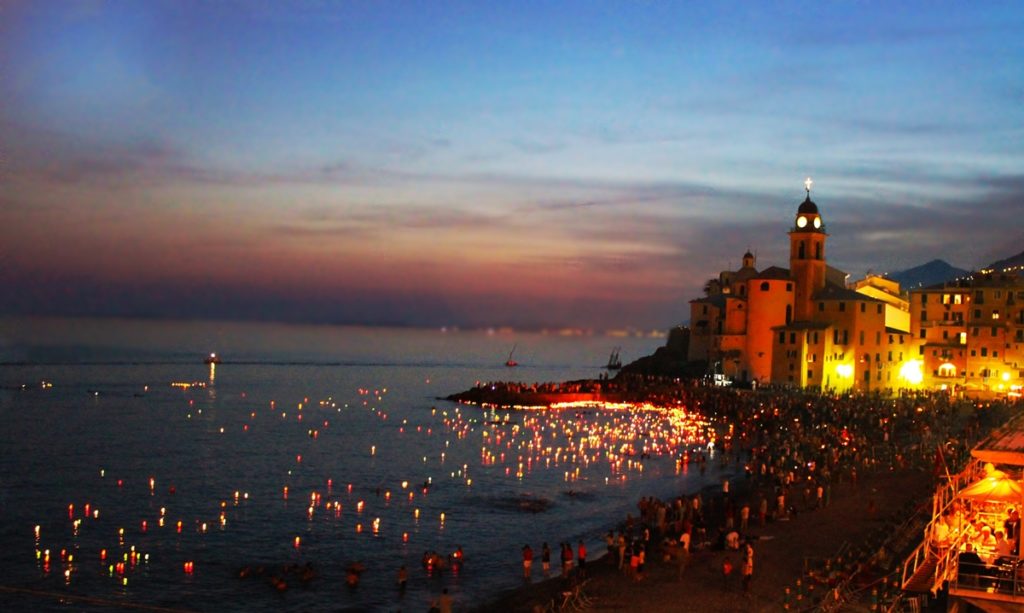Not everyone knows, but the Ligurian Sea can shine like the brightest constellation. This happens every year, during the first Sunday of August, on the occasion of the
The evocative event takes place in one of the most fascinating areas of northern Italy and boasts a centuries-old history. The festival of Stella Maris was indeed born in the 1400s, and for almost a century it has reached its current form.
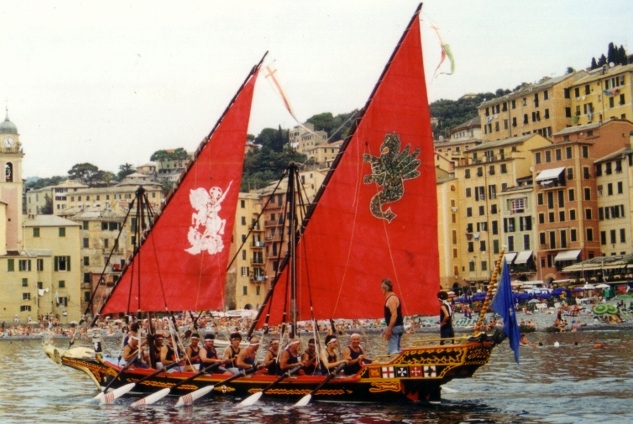 The procession opens in the morning and is led by “Ü Dragun”, the symbol of Camogli. Forty-eight years after its launch, the xebec that has repeatedly participated in the
The procession opens in the morning and is led by “Ü Dragun”, the symbol of Camogli. Forty-eight years after its launch, the xebec that has repeatedly participated in the
The arrival at Punta Chiappa is followed by a mass celebrated inside the Stella di Mare Altar, concluding the first part of the event.
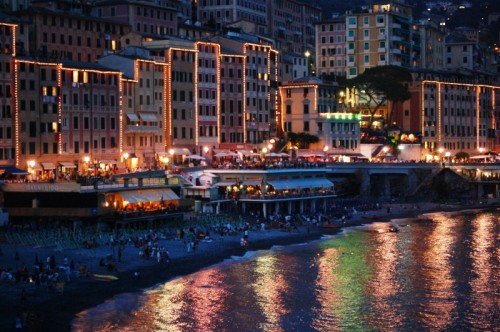
However, the procession is not the only opportunity to discover the beauties of Liguria. The territory of Camogli and its surroundings indeed presents historical monuments and breathtaking landscapes, the result of the fusion between the many changes brought by man and the unchanging wonder of Ligurian nature.
The Golfo Paradiso is dominated by the imposing Castello della Dragonara, a defensive structure dating back to the 12th century. The characteristic
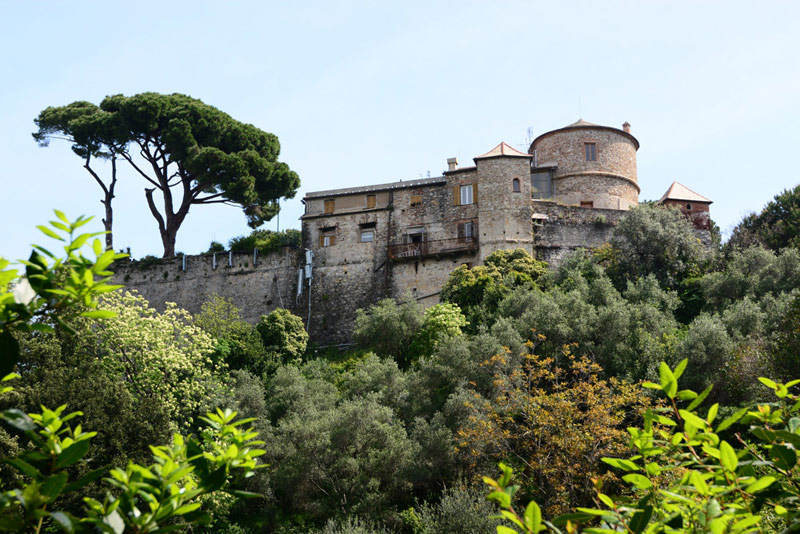
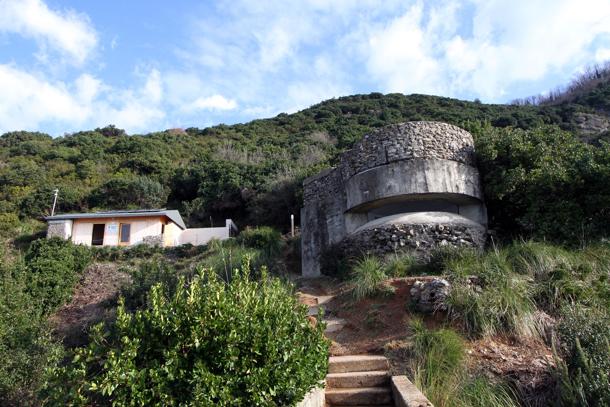
Not far from Punta Chiappa, the promontory of Isuela is an unmissable place for the most experienced divers, known for the variety of fish in its depths.
For fishermen, however, the tuna fishery of Camogli is more interesting, located no more than 400 meters from the coast. Along with that of Mazzara del Vallo, it is the only one to use completely natural nets, thus suitable for not altering the surrounding marine ecosystem.
However, 2017 was not a fortunate year for the structure, which saw the season completely ruined by the destruction of the nets due to a boat’s error.
Boaters can choose to visit the trails winding through the coastal towns using the buoy park at Punta Chiappa, where a half-day mooring costs just €10. An opportunity to discover the natural territory of Liguria and try the local cuisine in the many restaurants in the area.
A very popular route among tourists leads from Porto Pidocchio to the Church of San Rocco, with a path winding between typical villas and strategic points to observe the landscape.
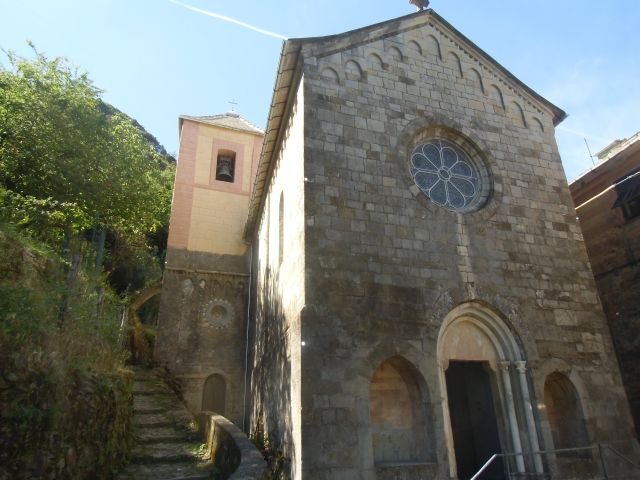
Extending the walk after the Church of San Rocco requires additional effort, but offers the priceless view of the Gulf of Genoa from the position atop Mount Portofino.

However the destination is reached, the beach and clear sea are not the only attractions of the place, known especially for the splendid abbey at Capodimonte. Built around the year 1000, it is now directly managed by the FAI and represents one of the hidden treasures of Liguria.
The Stella Maris on August 6 will therefore be a special occasion to discover the places and traditions of the Ligurian coast. A procession of boats led by a dragon, the sea illuminated as day with medieval constructions in the background: all reasons not to miss a unique event, also for the setting in which it is placed.

